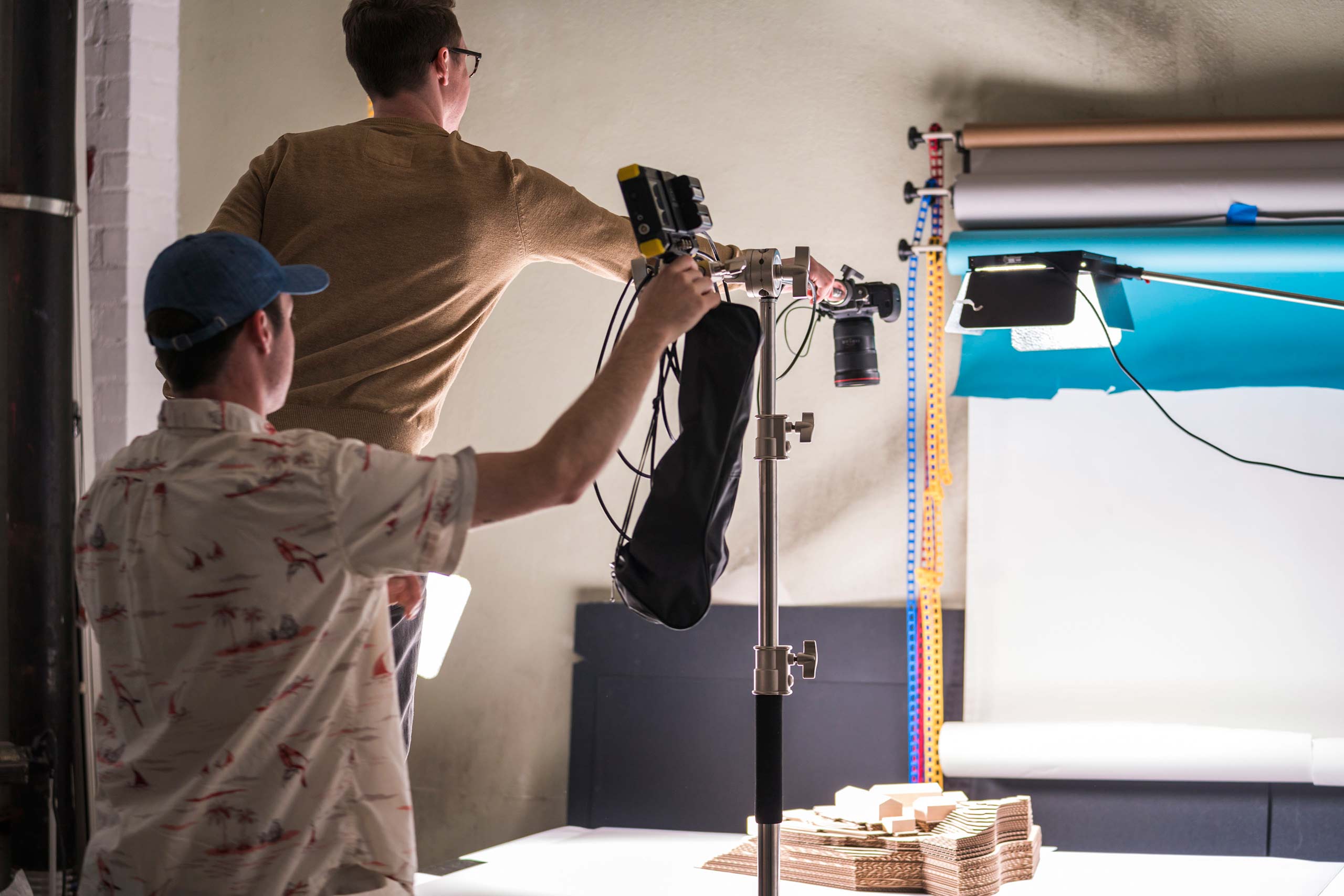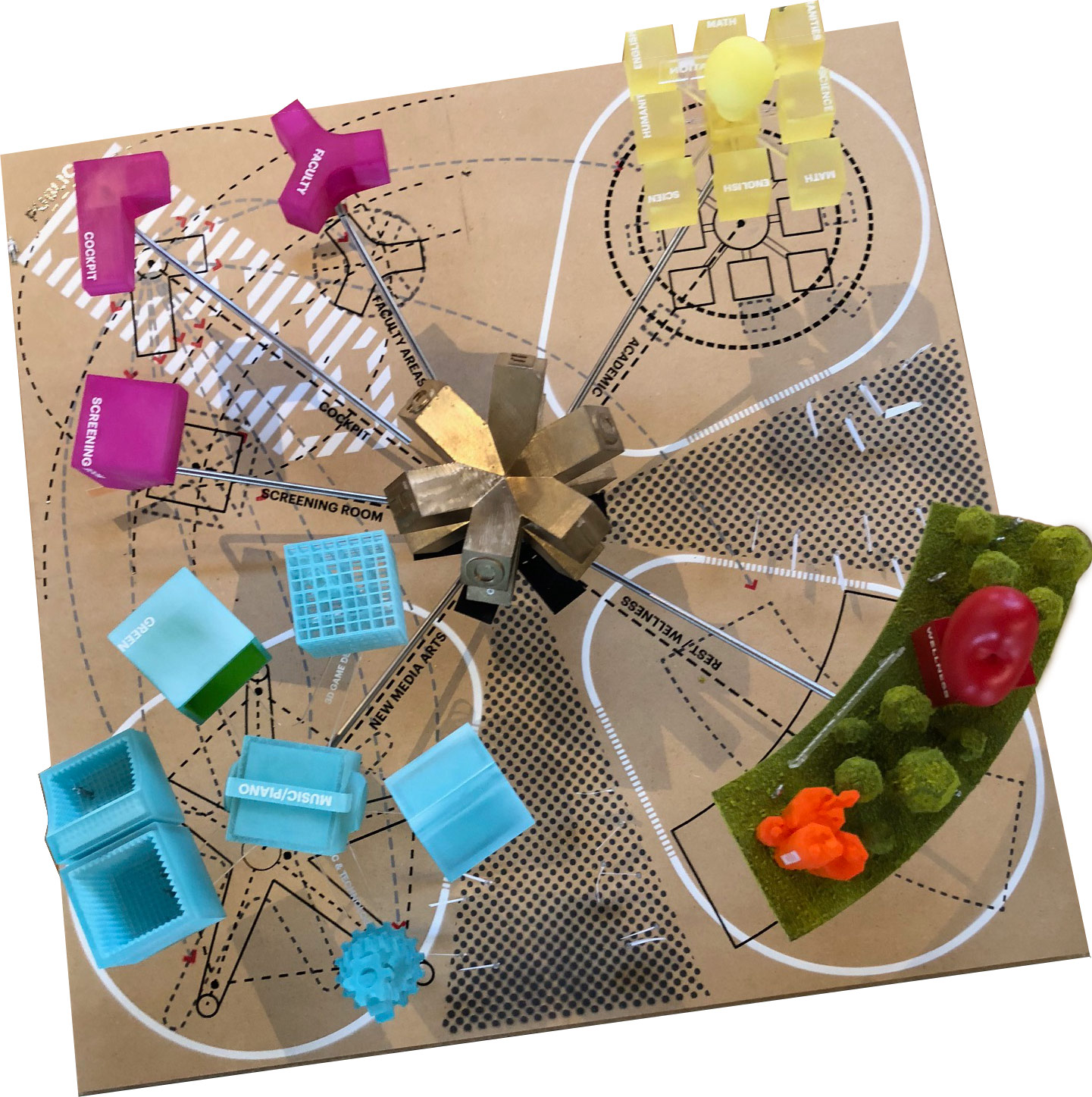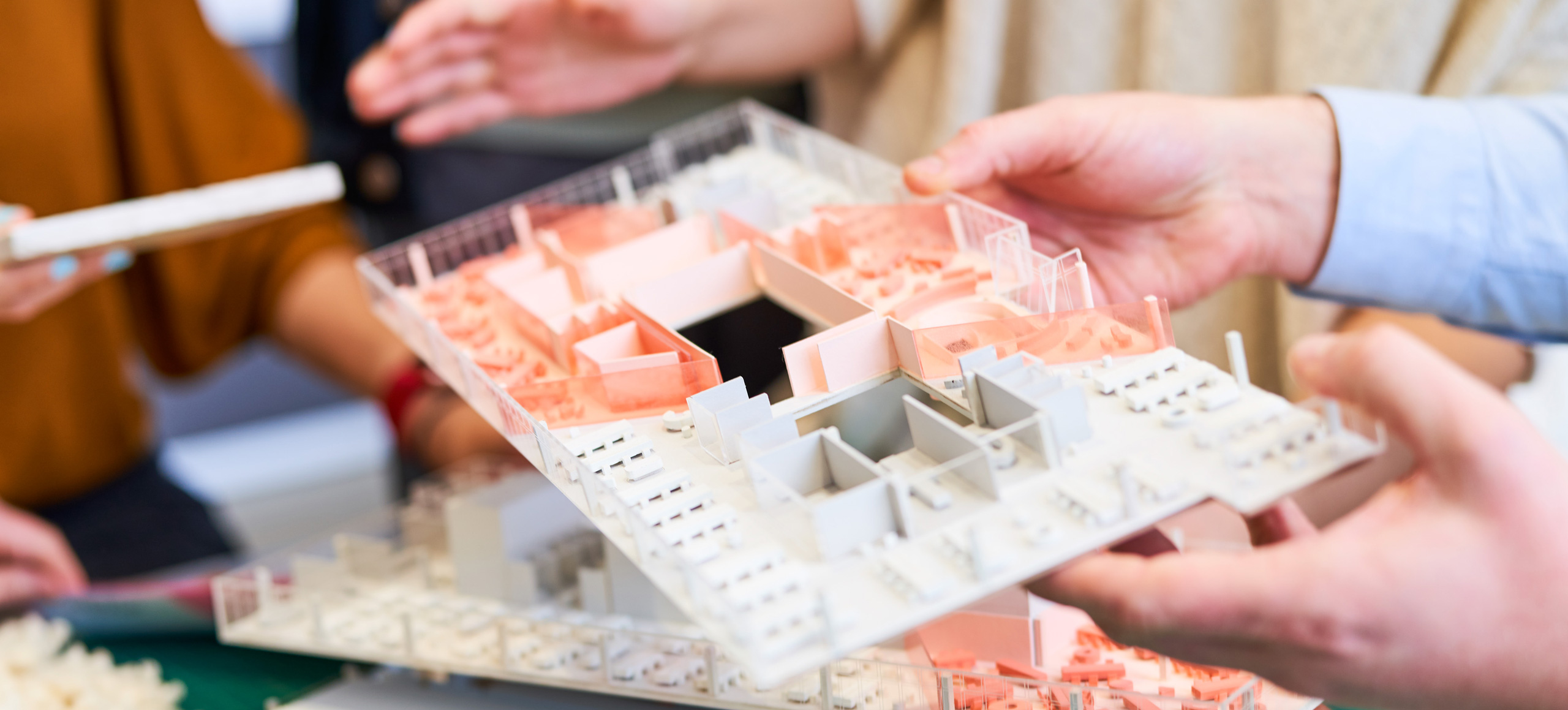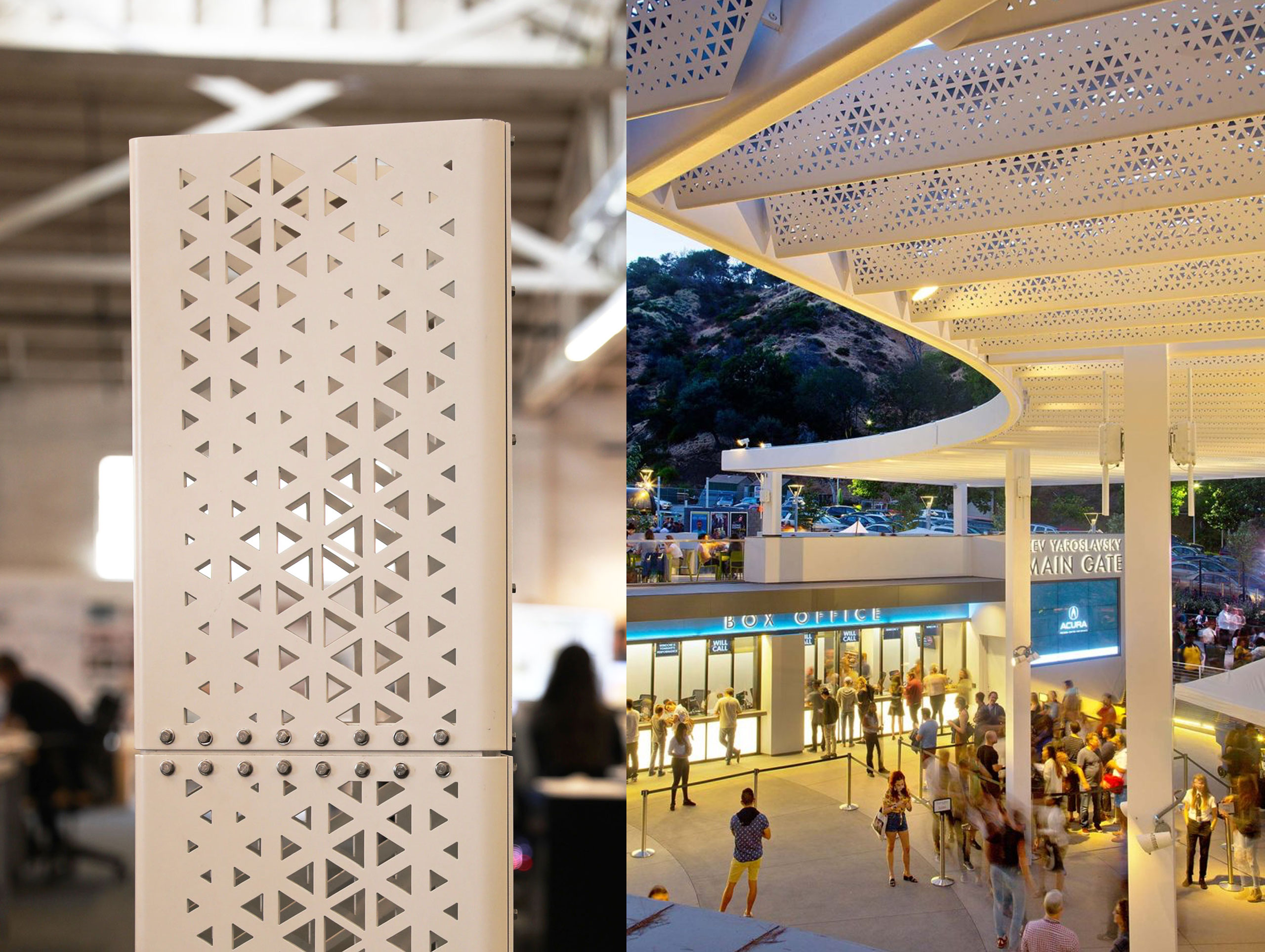Making at RIOS
Making is one of our core values. Our work is crafted at every step with the use of multiple technologies that add value to the process and our projects.
We believe that design is a cycle that moves from the idea to the physical. We continually test, evaluate, and reconceptualize until we realize our intentions. Our fabrication lab allows us to investigate with classic as well as emerging technologies for model building, product design, full scale mock-ups, artworks, and experimentation.

Design to Improve
Our design process relies on a feedback loop that relies on critique to reach the ultimate goal of improvement. From ideation—the art of taking the problem apart and putting it back together—to prototyping viable schemes, to testing for evaluative critique, we are determined to learn from the process to provoke visceral reactions and uncover character-defining qualities that delight and surprise.
Digital Fabrication
There are three reasons we prototype: to fail early and correct; to gather more accurate requirements; and to technically understand the problem. Through prototyping we experience the glitches, the mistakes we turn into a story — and create ways of making, ways of experimenting as we build a toolset that navigates between the digital and physical. Making between the physical and digital realm has blurred boundaries. Digital fabrication with CNC machinery now includes AR/MR experiences. The process frequently moves from real to digital and back again.


"I’m a maker. Part of my discipline is engaging people and getting them involved so that we rise to the challenge of exploration as an office culture."
— Ryan Vasquez, Design Fabrication Specialist

Prototyping for Precision
At the Hollywood Bowl Box Office Plaza, we developed a custom canopy installation with an aluminum span of thirty-six feet without the aid of secondary bracing. The aluminum, becomes structural when folded into a three-dimensional profile with water cut voids to reduce weight and preserve the flow of forces. The prototype helped to adapt aluminum, which is not normally structural, for its strength, lightness, and aesthetic.
Iterative Design
Prototyping is essential to our process for developing products, buildings, design elements, and patterns. When developing the VERO line for our product company, notNeutral, there were dozens of iterations to define the ideal form.


